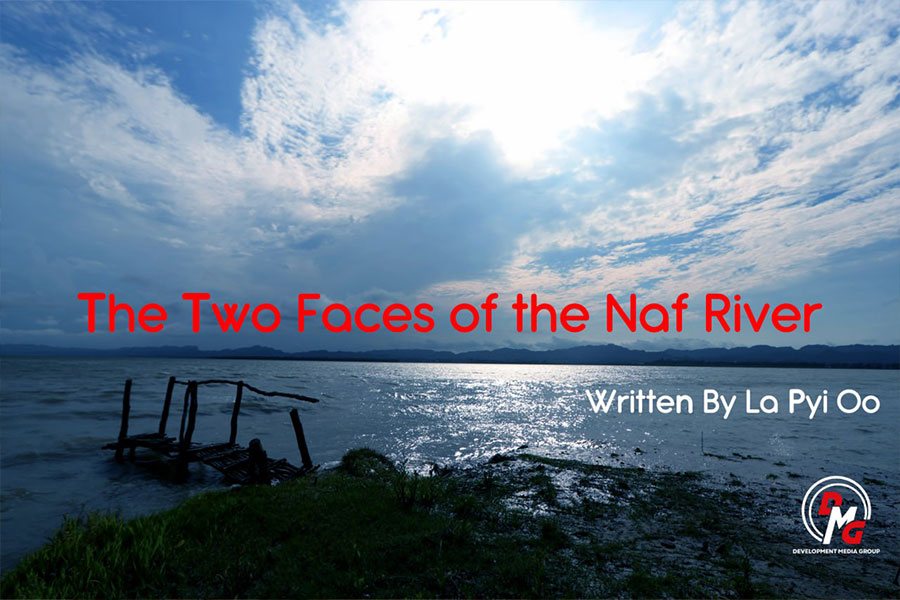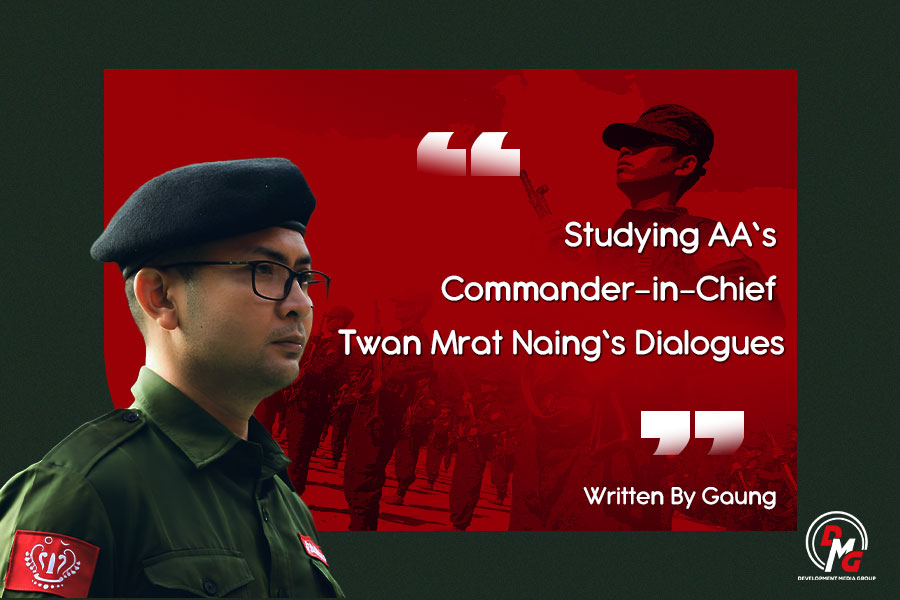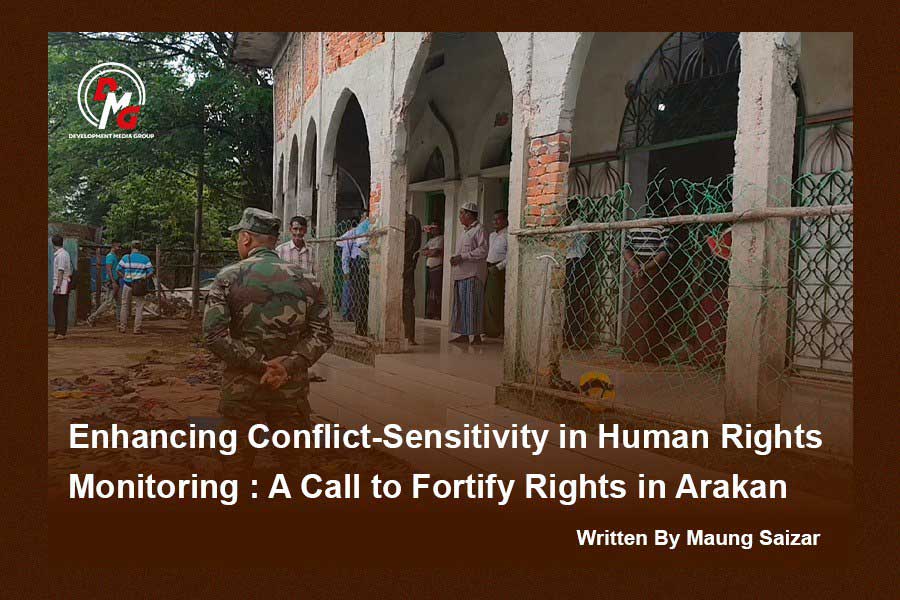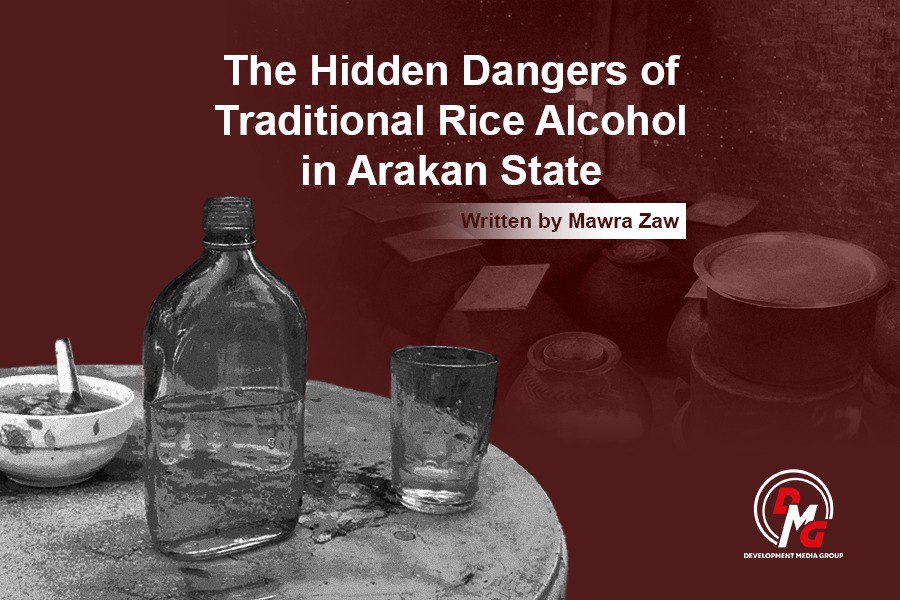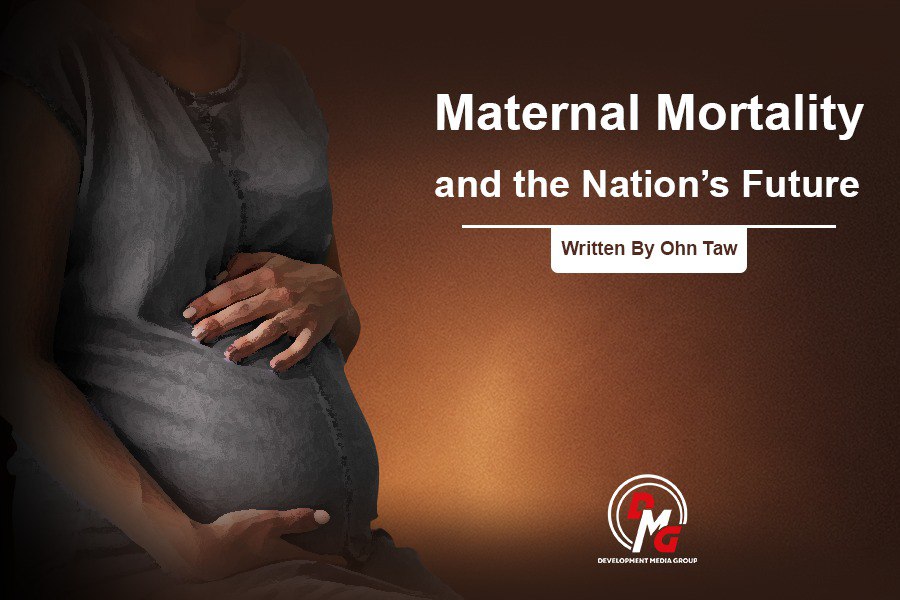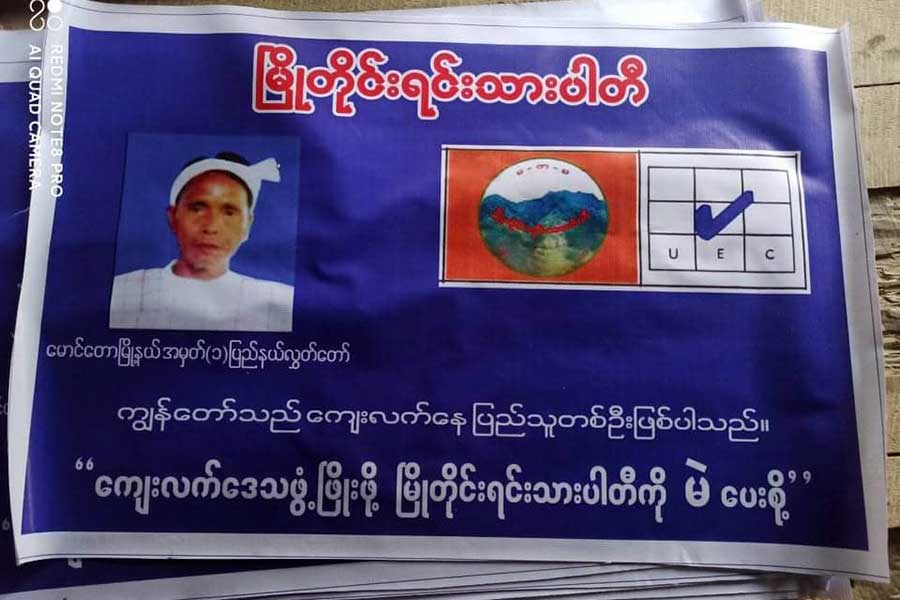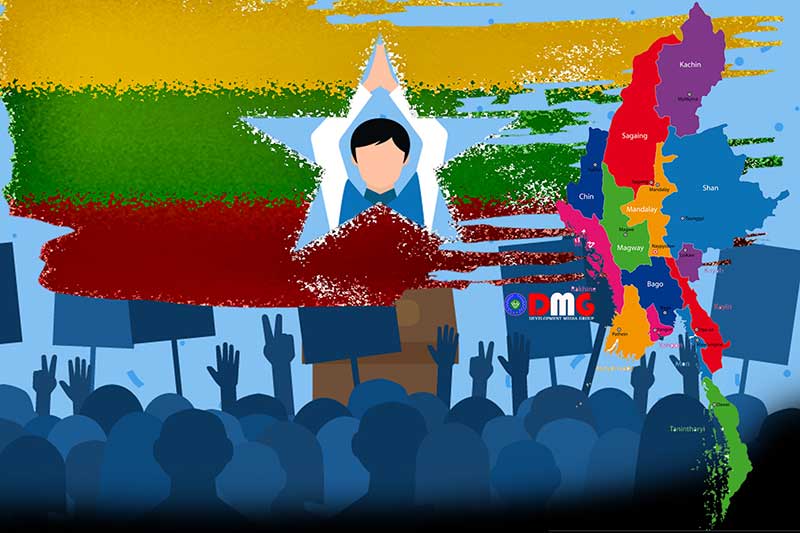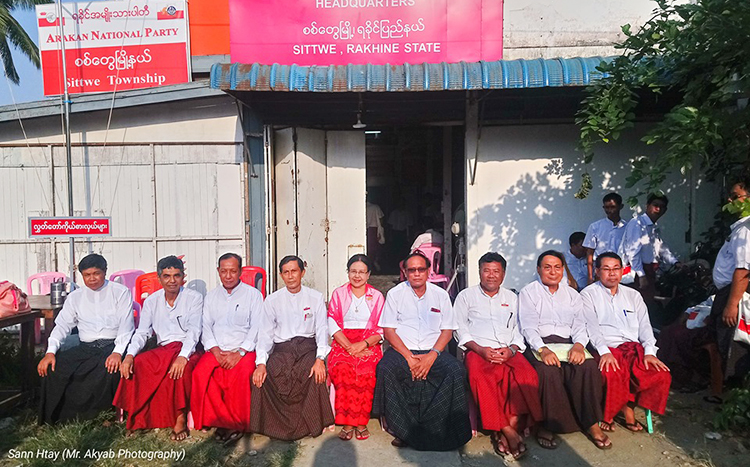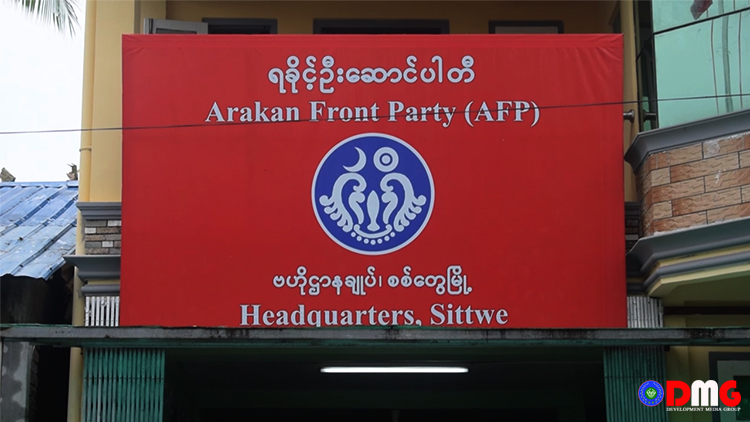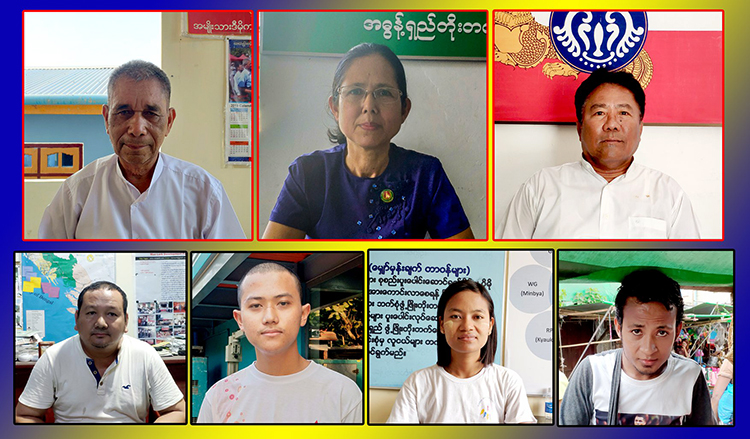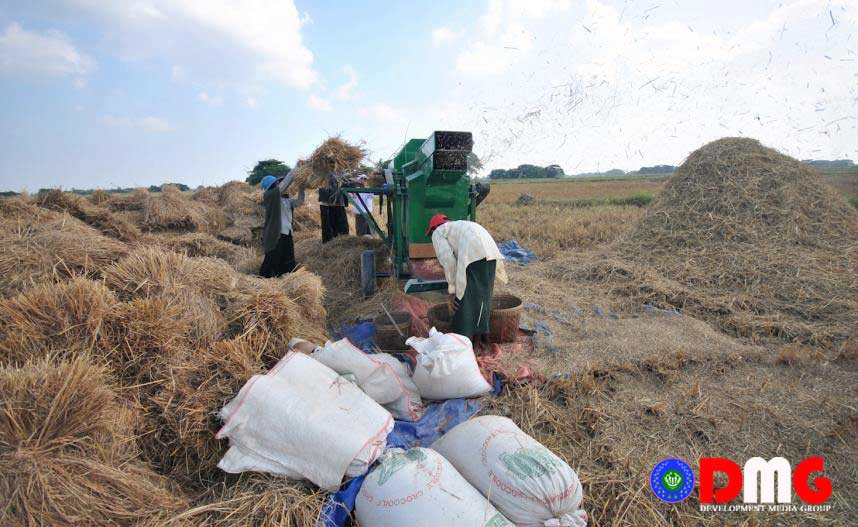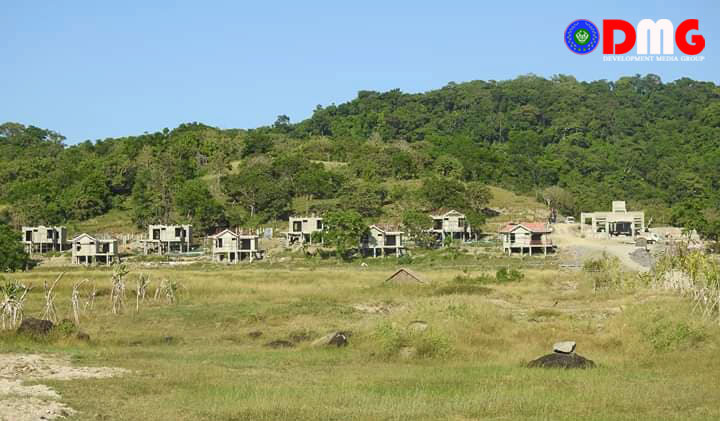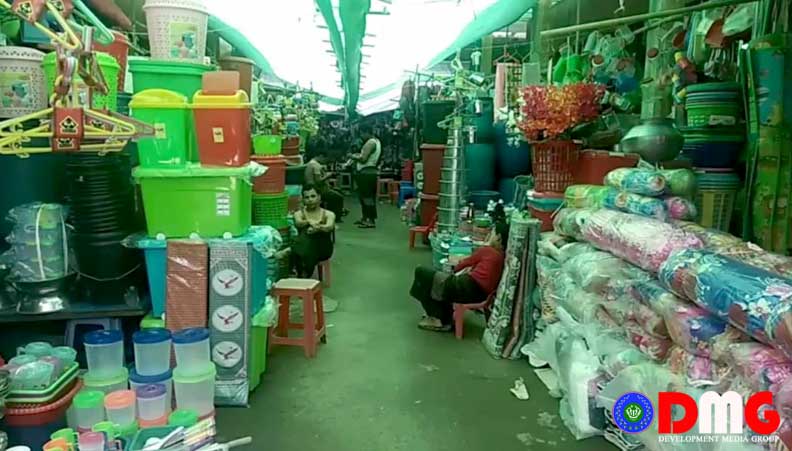- ULA safeguards Mrauk-U's ancient heritage
- Arakan on the Edge: What the DMG Landmine Impact Report Reveals About Myanmar's Deepening Humanitarian Crisis
- RNP chair U Ba Shein pledges renovation of Manaung Airport, solar plant
- Weekly Highlights of Arakan (17-23 November 2025)
- Paletwa-Mizoram trade route reopens after two-week diarrhea outbreak closure
Arakan on the Edge: What the DMG Landmine Impact Report Reveals About Myanmar's Deepening Humanitarian Crisis
The release of DMG's Landmine Impact Report covering Kyauktaw, Mrauk-U, and Ponnagyun townships provides one of the clearest windows yet into the hidden war unfolding beneath Arakan's soil.
25 Nov 2025
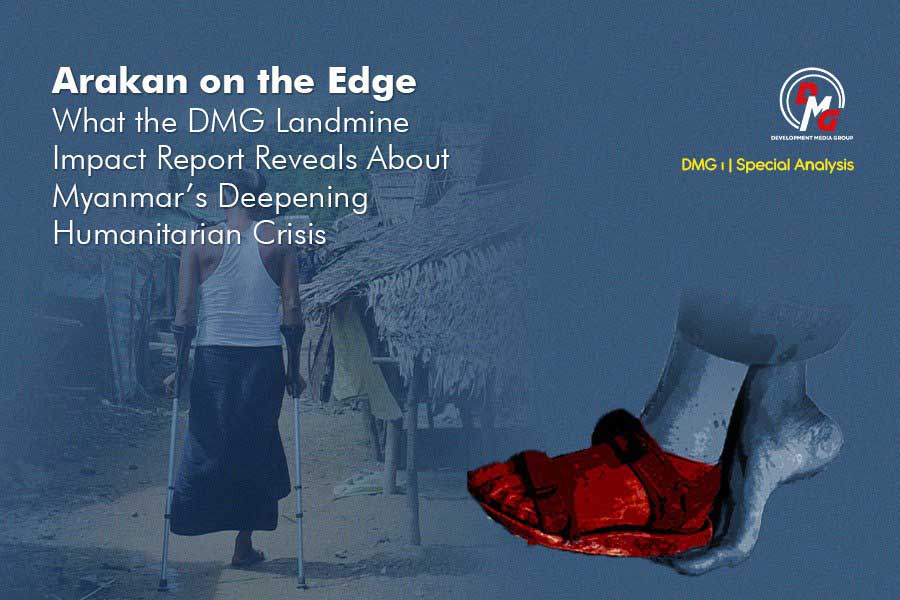
DMG Special Analysis
The release of DMG's Landmine Impact Report covering Kyauktaw, Mrauk-U, and Ponnagyun townships provides one of the clearest windows yet into the hidden war unfolding beneath Arakan's soil. While headlines often focus on frontline battles between the Myanmar military and the Arakan Army (AA), the report reveals a slower, more enduring danger: the long-term contamination of civilian spaces by landmines and explosive remnants of war (ERW).
This crisis is no longer confined to remote hills or military zones. It is now embedded in the geography of daily life. The data and testimonies reveal a humanitarian emergency intertwined with political fragmentation, economic collapse, and the erosion of public services.
Danger Begins at Home: Civilian Spaces Turned into Warzones
One of the report's most alarming findings is that nearly half of all landmine injuries occurred at or near the victims' homes, not in remote conflict areas. Another 17 percent took place on the way to work.
This pattern indicates a profound militarization of civilian environments:
• footpaths connecting homes to markets
• water collection points
• small forest patches behind villages
• cattle-grazing routes
• access paths to schools
For many families, the act of leaving the house-sometimes even stepping into the yard-has become a calculated risk.
The three surveyed townships function as early-warning zones, signalling what is likely to spread across the broader Arakan region as conflict lines shift and military withdrawals leave behind unmarked explosives.
Human Cost: Broken Families, Lost Livelihoods, Deep Trauma
The DMG report documents not only physical injuries, but the collapse of family structures and emotional wellbeing.
A selection of testimonies illustrates this broader social breakdown:
• A 15-year-old Mro boy in Kyauktaw killed while setting a traditional trap.
• A 63-year-old cattle herder in Ponnagyun losing his arm and eyesight instantly.
• A widower in Mrauk-U waking every night in grief: "It is like living in hell."
These are not isolated tragedies-they represent a pattern of households losing breadwinners, children becoming income earners, and women forced into sudden head-of-family roles. The psychological damage is profound:
• survivors reporting chronic anxiety
• children developing fear of forests or even open spaces
• families living with constant uncertainty about safety
Trauma, the report shows, is becoming intergenerational.
A Political and Governance Vacuum Beneath the Soil
Landmine contamination in Arakan is not simply a byproduct of conflict-it is a symptom of fragmented political control.
Key structural factors include:
■ Shifting control zones between the Myanmar military and AA since 2018
■ Intensified clashes after late 2023
■ AA-administered areas with limited technical clearance capacity
■ The junta reliance on air/artillery domination and defensive mining
■ Absence of unified governance to map or clear explosives
Since the 2021 coup, humanitarian access has collapsed:
■ INGOs face travel bans
■ The ICRC's role is heavily restricted
■ Local CSOs face detention risks
■ Telecom blackouts block emergency response
■ Health facilities lack surgical tools and prosthetics This creates what the report calls a "protection vacuum"-a situation where civilians must navigate danger with no institutional support.
Livelihoods Under Siege: Economic Suffocation by Mines
Arakan's rural economy depends on movement: moving cattle, moving crops, moving baskets of bamboo shoots or firewood.
Landmines destroy that mobility.
DMG's data shows:
■ 80% of interviewed households report severe livelihood loss
■ Farmers cannot reach hill fields
■ Fishers avoid riverbanks where explosives may be buried
■ Women and children take on dangerous gathering tasks
■ Inflation and road closures intensify vulnerability
This "mobility shutdown" risks triggering a slow economic collapse, especially in areas already affected by displacement and conflict-related trade restrictions.
Half of Arakan Receives No Mine Risk Education
Perhaps the most dangerous structural failure is the lack of Mine Risk Education (MRE).
According to the report:
■ 50% of surveyed communities have never received MRE
■ No signages
■ No school-based training
■ No emergency numbers
■ No visual warnings near contaminated zones
Children play near unexploded shells without recognizing them. Farmers unknowingly walk into lethal areas. Families rely on guesswork in navigating their own landscapes.
This absence of risk education is directly tied to:
■ Junta travel restrictions
■ INGOs unable to enter rural zones
■ AA areas with limited outreach capacity
■ The collapse of local administrative institutions
This is how structural neglect becomes fatal.
A Crisis Within a Crisis: Mines in a Collapsing Humanitarian Environment
Landmines are proliferating precisely when the support systems that could mitigate risk are failing.
The report identifies parallel crises:
■ IDP camps overstretched
■ Food prices tripled in parts of rural Arakan
■ Schools frequently closed
■ Health centres understaffed and unequipped
■ Road blockades crippling trade and emergency mobility
■ Telecom shutdowns isolating entire communities
This convergence of factors makes recovery nearly impossible-and dramatically increases the lethality of landmine contamination.
What Must Happen Next
DMG's report calls for immediate priority actions:
1. Humanitarian Access
- Without access, clearance, MRE, and medical care cannot occur.
2. Community-Level Mine Risk Education
- Simple signboards, village workshops, and school programmes save lives.
3. Professional Clearance Capacity
- Arakan needs trained teams, drones, detection tools, and protective gear.
4. Survivor Support Systems
- Prosthetics, surgeries, psychosocial care, and long-term rehabilitation.
5. Livelihood Reintegration
- Cash grants, vocational skills, and income recovery for impacted families.
Conclusion: The Crisis Beneath Arakan's Soil
Landmines can remain active for three decades or more. Without decisive intervention, Arakan risks becoming a region where ordinary life is defined by hidden explosives rather than its history, culture, or coastline.
As one widow told DMG:
"The landmine killed him once, but it keeps killing us every day."
Her words are both a warning-and a call to act.




